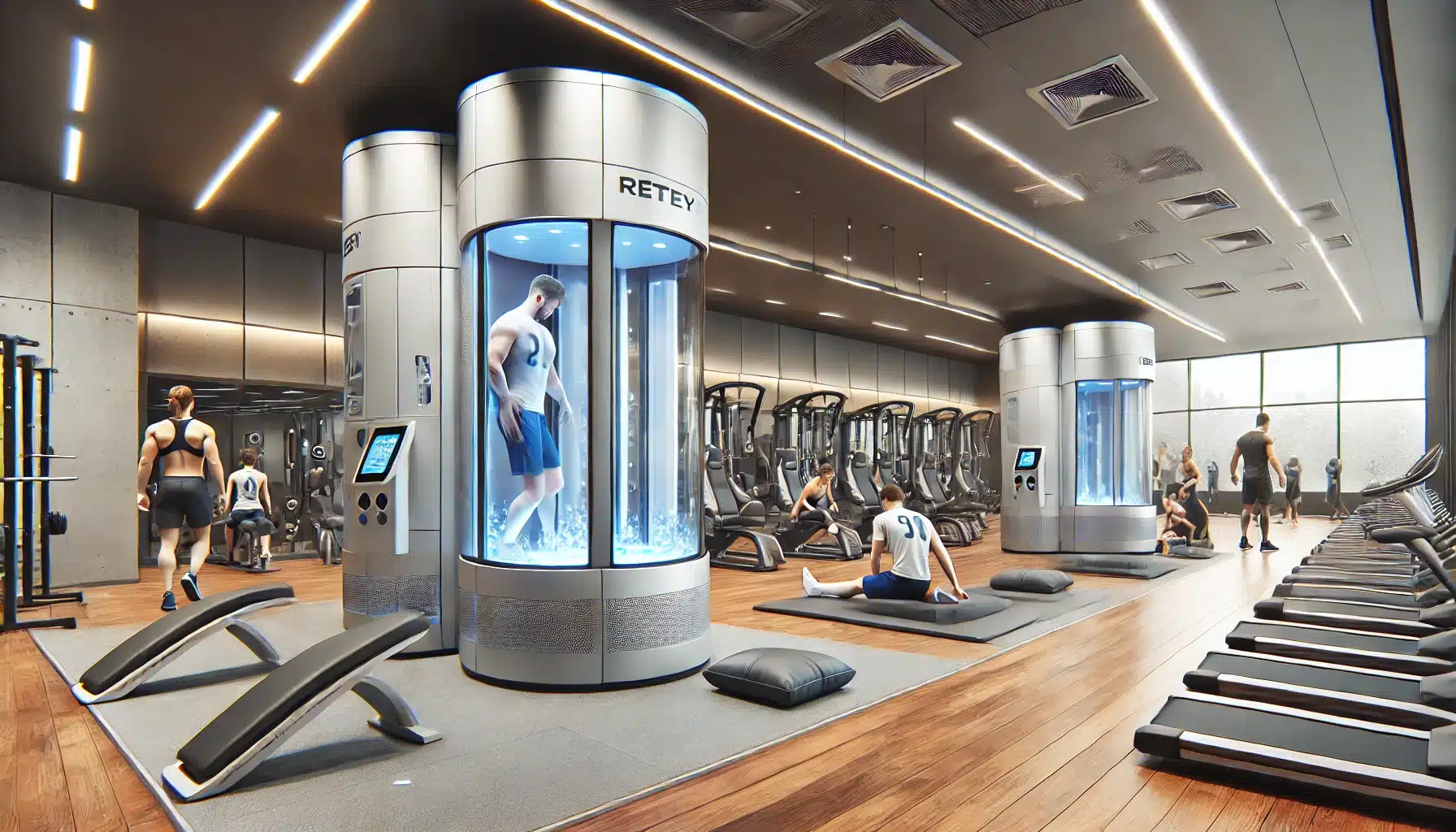
Rehabilitation, general health, and fitness all depend on muscle recovery. Knowing the best methods for muscle repair will help you whether you are recovering from muscle repair surgery, recovering from routine damage from exercise, or looking for strategies to reduce soreness after leg day. Fresh technological improvements and recovery strategies support people heal faster, improve performance, and reduce the risk of long-term injuries.
This article discusses the science behind muscle healing, post-surgical recovery, exercise-induced muscle damage, and modern recovery strategies supported by data.
Understanding Muscle Repair and Recovery
Muscles undergo strain and microdamage from daily motions, exercise, and surgery. Small tears occur in muscles when they are under a lot of stress, which starts the body’s natural repair process. Inflammation, an immune response, and tissue regeneration are all parts of this process. Over time, these things make muscles stronger.
What Muscles Recover the Fastest?
The structure and purpose of some muscles help them recover faster than others. Muscles with high blood circulation—those of the diaphragm, calves, and arms—tend to heal faster. Conversely, larger muscles like the quadriceps, hamstrings, and back muscles require more recovery time due to their large size and slow-twitch muscle fibers.
Recovery time is also affected by:
- Age: younger people heal faster because their metabolism and blood are better.
- Nutrition: Getting enough energy and water helps the body heal.
- Activity Level: Athletes who work out their muscles and build their endurance may heal faster.
Post-Surgical Muscle Repair Techniques
People with muscle repair surgery must ensure they get the right care afterward so their muscles heal quickly and fully. Surgery is often the only way to fix problems like diastasis recti, hernias, or muscle tears.
Muscle Repair Surgery Before and After: What to Expect
Weak muscles can cause chronic pain, instability, and posture issues before surgery. After the surgery, adequate recovery is necessary to restore strength and avoid complications.
Abdominal Muscle Repair Without Tummy Tuck
Some people need abdominal muscle repair without a tummy tuck. This is particularly true after giving birth or having an injury that doesn’t involve excess skin. Recovery includes:
- Gradual core-strengthening exercises to restore reliability.
- Physical therapy for restoring the muscles.
- Avoiding high-impact activities during the beginning of the recovery phase.
Tummy Tuck Without Muscle Repair
A tummy tuck without muscle repair is performed for cosmetic reasons and does not include tightening abdominal muscles. It is ideal for people without muscle separation who want to eliminate extra skin and fat.
Recovery from Exercise-Induced Muscle Damage
Muscle soreness after intense exercise is accepted, especially after leg day or high-intensity strength training. The right recovery methods can ease your pain and speed up your recovery.
How to Recover After Leg Day
If you’re experiencing leg day pain, try the following:
- Nutrition and Hydration: Eating foods high in protein and drinking water can help repair muscle fibers.
- Active recovery: Light activities like yoga, walks, and stretching can help your body improve circulation and feel less stiff.
- Firefly Muscle Recovery: This new neuromuscular stimulation device improves blood flow to muscles, helping them heal faster.
- Gear & Running Recovery Flip-Flops: Wearing compression clothing and shoes that support your feet can help reduce swelling and muscle tiredness.
- Hot Baths & Muscle Recovery Tea: Heat treatment helps muscles relax, and herbal teas lower inflammation and help you relax.
What Muscles Should Be Sore After Swimming?
Swimming is a full-body workout, but some muscles experience more strain than others. Among the most popular muscles affected are:
- Shoulders and upper back: The arms are always moving, and the water is hard to move.
- Core muscles: These are used to keep you stable during strokes.
- Legs and calves: Moving forward and kicking stresses the lower limbs.
The Role of Recovery Centers in Muscle Repair
The Recovery Gym: Advanced Treatments for Faster Healing
Experts recovery gyms provide modern treatments to accelerate healing. These are some of the best options:
- Cold treatment: cryotherapy, which lowers swelling and speeds up muscle repair.
- Infrared Sauna: Helps to enhance blood circulation and remove toxins.
- Electrotherapy and massage therapy: Can help your muscles relax and heal.
Active Recovery Homes & Group Activities for Adults in Recovery
Active recovery homes provide organized rehabilitation programs that include physical therapy, diet management, and mental health support for people who are recovering from major injuries or surgeries. Taking part in group activities also helps people stay motivated and on track with their recovery process.
Preventing & Addressing Muscle Strain
Upper Back Muscle Strain Recovery Time
Upper back muscle strain recovery typically takes 2 to 6 weeks, depending on how bad they are. Some effective treatments are:
- Stretching and mobility exercises will protect you from getting stiff and make you more flexible.
- Ice and heat therapy: This may be useful in reducing inflammation and speeding up the healing process.
- Massage & Physical Therapy: Alleviate tension and restore movement.
Addressing Failed Muscle Repair Surgery
There are a few people who could experience difficulties after surgery. Pictures of failed muscle repair frequently reveal uneven healing, bulging, or scar tissue buildup. If the effects from surgery don’t go away, you may need a revision surgery or a special rehabilitation program.
Car & Computer-Related Muscle Recovery?
Keywords like “muscle car repair near me” and “active directory recovery” show that exercise fans often have hobbies or work related to cars or computers. Regular maintenance, repair, and recovery procedures are needed for muscles, cars, and computers.
Frequently Asked Questions
1. How long does it take to recover from muscle repair surgery?
Recovery times vary among individuals, but with the right care, most individuals gain their strength back in 6 to 12 weeks.
2. Does a hot bath help a sore back?
It is true that heat therapy increases blood flow, eases stiffness, and helps sore muscles rest.
3. Why do my legs ache after leg day?
This is caused by delayed onset muscle soreness (DOMS) due to microtears in muscle fibers. The pain subsides as the muscles repair themselves.
4. Are there natural remedies for muscle recovery?
Yes! Herbal teas, adequate hydration, massage therapy, proper nutrition, and stretching aid in faster recovery.
5. What are the signs of a failed muscle repair surgery?
Signs include persistent pain, muscle weakness, bulging at the surgical site, and asymmetry. Consultation with a medical specialist is recommended if complications arise.
Optimizing muscle repair requires a combination of proper post-surgical care, exercise recovery techniques, and advanced treatment options. By incorporating these scientifically-backed methods, individuals can reduce pain, enhance performance, and accelerate recovery.
For expert-recommended recovery products, personalized workout programs, and detailed guides, visit (www.fitwelleats.com) and start optimizing your muscle repair journey today!
Related Posts
Disclaimer
⚠ Disclaimer – FitWellEats.com
All content on FitWellEats.com is for informational purposes only. It does not replace professional medical advice. We may earn a commission from affiliate links (at no cost to you).











